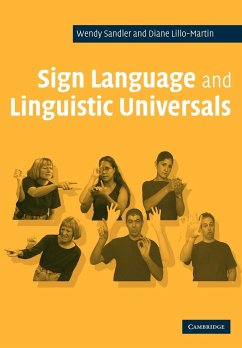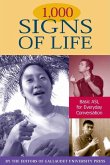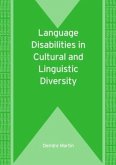Sign languages are of great interest to linguists, because while they are the product of the same brain, their physical transmission differs greatly from that of spoken languages. In this 2006 study, Wendy Sandler and Diane Lillo-Martin compare sign languages with spoken languages, in order to seek the universal properties they share. Drawing on general linguistic theory, they describe and analyze sign language structure, showing linguistic universals in the phonology, morphology, and syntax of sign language, while also revealing non-universal aspects of its structure that must be attributed to its physical transmission system. No prior background in sign language linguistics is assumed, and numerous pictures are provided to make descriptions of signs and facial expressions accessible to readers. Engaging and informative, Sign Language and Linguistic Universals will be invaluable to linguists, psychologists, and all those interested in sign languages, linguistic theory and the universal properties of human languages.
'This book quite nicely fills a void long present in the sign linguistics literature. Most sign linguistics volumes have focused on one particular issue or theme ... within just one sign language ... the book is very reasonably priced, and you get quite a lot for your money ... I recommend this book to linguists interested in learning more about sign languages. Given the overall theme, the book would be of particular interest to those studying language typology. I would also recommend this book to students who have some background in theoretical linguistics (particularly phonology and syntax), and to anyone who is interested in the nature of modality and human language.' Journal of Linguistics








